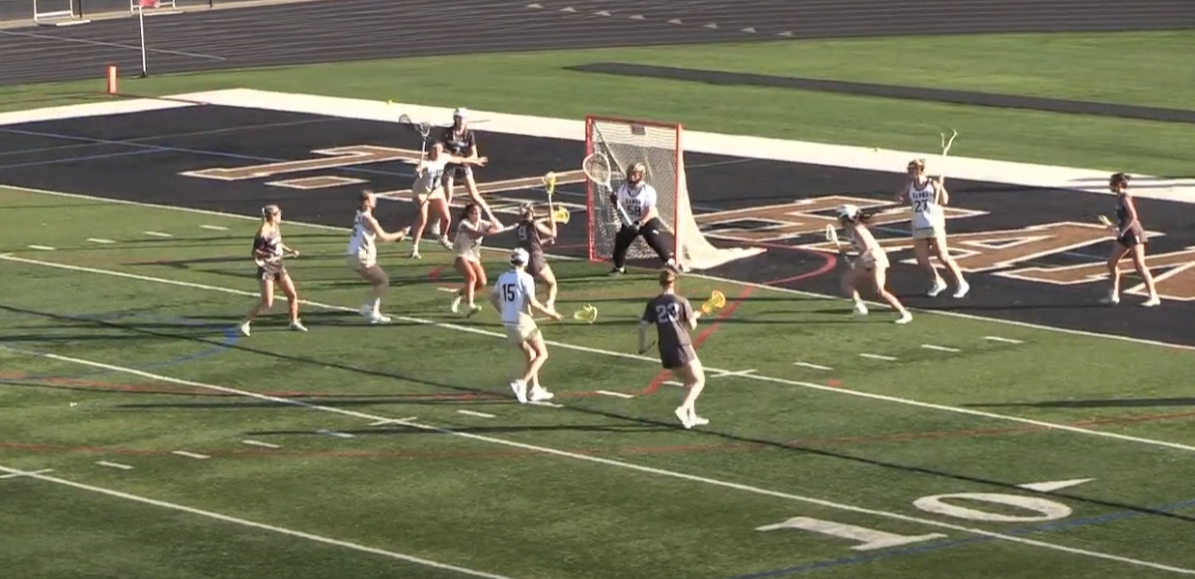Dandelions, those sunny yellow invaders, can quickly dominate a lawn. As perennials with deep taproots, they return annually, and even root fragments can regrow. Effective control requires understanding their nature and employing the right strategies.
For small infestations, manual removal is key. After rain, when the soil is moist, use a specialized weeding tool or narrow trowel to carefully dig under the crown and extract as much of the taproot as possible. Slow, steady pulling minimizes breakage. Discard the entire plant, including the seed head.
For widespread problems, chemical herbicides offer efficiency. Post-emergent herbicides containing 2,4-D, dicamba, MCPP, or triclopyr target actively growing dandelions without harming most grasses (follow label instructions). Spot treatments minimize impact on surrounding grass. Weed & feed products combine weed killer and fertilizer for early spring or fall application.
Prevention is crucial for long-term control. Pre-emergent herbicides applied in early spring and fall create a barrier preventing seed germination (follow label instructions for products like prodiamine or dithiopyr). Maintaining a healthy lawn – mowing high (around 3 inches), regular fertilization, and adequate watering – naturally helps grass outcompete weeds.
Natural alternatives include household vinegar (leaf burn, regrowth likely), boiling water (careful application to avoid harming grass), corn gluten meal (pre-emergent, won’t kill existing plants), and mulch (suppression in garden beds).
Timing is critical. Fall, when dandelions store energy, maximizes herbicide effectiveness. Early spring, before seeding, is another key window. Persistence is essential, often requiring a combination of methods and ongoing monitoring. Local conditions can influence results.
By understanding dandelion biology and applying appropriate techniques, a healthy, dandelion-free lawn is achievable with consistent effort. Choose the best method for your situation and stay vigilant throughout the growing season.










